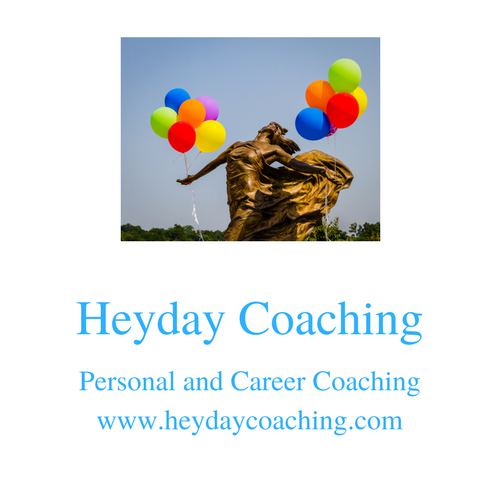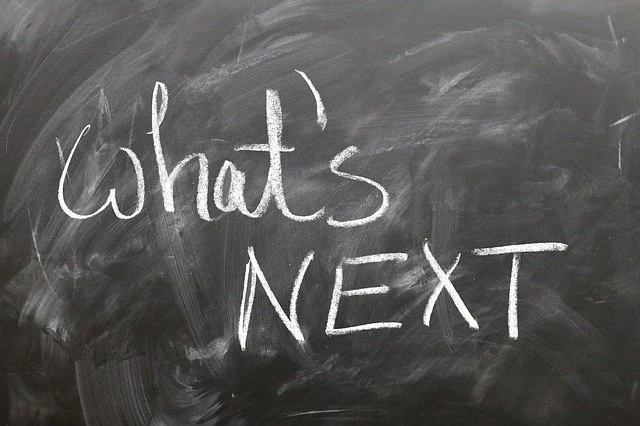In yoga, you learn not to look too far ahead. With regular practice, you learn that some poses typically follow others in a predictable sequence. A forward fold is often the first move in a sun salutation: a halfway lift followed by a plank followed by a cobra followed by a downward dog. A series of poses that work the core often prepare the body for some kind of inversion. One of the human brain’s unique design features is its ability to recognize patterns so that we can quickly predict what is most likely to happen next. So as we practice yoga, our brains often leap ahead to predict the next pose.
If you’re trying to anticipate the next pose there are two problems. The first is that you might anticipate the wrong pose. Although a forward fold is usually the opening pose in a sun salutation, the teacher might plan to go in a different direction. In assuming you know which pose comes next, you find yourself moving into the wrong pose.
The second problem with looking too far ahead is that is that you’re too busy anticipating (or dreading) what comes next to focus on each pose. Sometimes if I think the teacher is helping the class work up to a pose that I don’t particularly like, I begin to dread that pose, and I don’t enjoy each pose along the way. When I’m able to focus on one pose at a time, without tainting my emotions with trepidation, I enjoy the practice much more—and sometimes I even enjoy the dreaded pose.
Over time, I’ve worked to break the habit of trying to predict the next yoga pose. Some days, I still fall into that bad old habit, but my practice is more satisfying if I take each pose after my teacher cues it instead of shifting into some version of auto-pilot.
I also make the mistake of looking too far ahead off my yoga mat. Sometimes I focus so much on something that I think is coming down the road that I race through my days on auto-pilot. I am not present to the life I’m living, and sometimes the future that I anticipate (or dread) doesn’t unfold in the ways I predicted at all. I squander energy and time living in the future instead of the present.
Last year, I made this mistake at the holiday season. Because of the pandemic, the season promised to be a quiet one without all the social events. My intention had been to savor it, drinking tea by the fire, reading Christmas stories, and enjoying my tree. But I got to the end of the season and realized that I had done very little savoring. Instead, I buried myself in a lot of restless activity: puttering with administrative tasks on my computer, scrolling social media, reading too much (bad) news. I was looking too far ahead, dreading the Covid winter and more political uncertainty.
We face another year of uncertainty and anxiety, especially with the advent of a new coronavirus variant. None of us know what the new year will bring. But this holiday season, I’m trying not to look too far ahead. I’m working to savor the season and keep my focus on the present to the extent possible.
I’m not suggesting that we pretend to be ostriches and never look ahead or plan for the future. I’m suggesting we seek a middle ground in which we temper our tendency to anticipate the next five moves in life’s game with some time spent celebrating your current location on the game board.
What about you? Do you need to practice not looking too far ahead?
Image by Gerd Altmann from Pixabay


